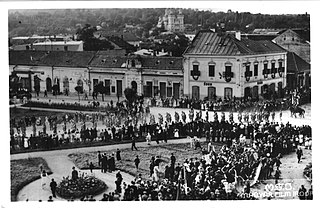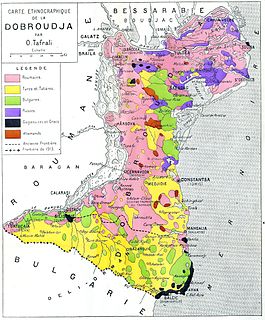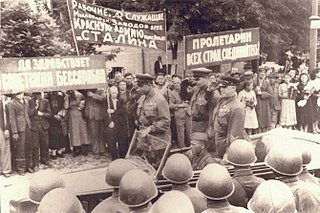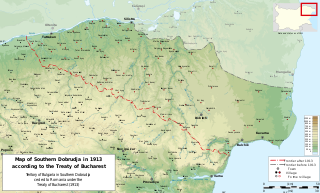 W
WThe 1940 Vrancea earthquake, also known as the 1940 Bucharest earthquake, occurred on Sunday, 10 November 1940, in Romania, at 03:39, when the majority of the population was at home.
 W
WOn 1 July 1940, in the town of Dorohoi in Romania, Romanian military units carried out a pogrom against the local Jews, during which, according to an official Romanian report, 53 Jews were murdered, and dozens injured. According to the town's Jews, the number of fatalities was between 165 and 200. These acts were committed before Romania entered World War II, before it became Germany's ally, and before the German military entered the country.
 W
WThe events of the Ip massacre escalated in the early hours of 14 September 1940, in Ipp,, Northern Transylvania. After two Hungarian soldiers died there in an accidental explosion, rumors spread that they had been killed by Romanians. After another incident the Royal Hungarian Army, influenced by the rumor, indiscriminately massacred around 150 ethnic Romanians in the nearby locations and surrounding areas.
 W
WThe Jilava Massacre took place during the night of November 26, 1940, at Jilava penitentiary, near Bucharest, Romania. Sixty-four political detainees were killed by the Iron Guard (Legion), with further high-profile assassinations in the immediate aftermath. It came about halfway through the fascist National Legionary State and led to the first open clash between the Guard and conducător Ion Antonescu, who ousted the Legion from power in January 1941.
 W
WThe Nușfalău massacre occurred in the village of Szilágynagyfalu in Northern Transylvania. It happened on 8 September 1940, when a Hungarian soldier with the support of some natives tortured and killed eleven people of Romanian ethnicity from a nearby village, who were passing through the area.
 W
WThe population exchange between Bulgaria and Romania was a population exchange carried out in 1940 after the transfer of Southern Dobruja to Bulgaria by Romania. It involved 103,711 Romanians and Aromanians living in Southern Dobruja and 62,278 Bulgarians from Northern Dobruja. After this operation, the application of a population exchange in other cases such as Transylvania was considered.
 W
WThe Second Vienna Award, also known as the Vienna Diktat, was the second of two territorial disputes that were arbitrated by Nazi Germany and Fascist Italy. On 30 August 1940, they assigned the territory of Northern Transylvania, including all of Maramureș and part of Crișana, from Romania to Hungary.
 W
WThe Soviet occupation of Bessarabia and Northern Bukovina took place from June 28 to July 4, 1940, as a result of the ultimatum by the Soviet Union to Romania on June 26, 1940, that threatened the use of force. Bessarabia had been part of the Kingdom of Romania since the time of the Russian Civil War and Bukovina since the dissolution of Austria-Hungary, and Hertza was a district of the Romanian Old Kingdom. Those regions, with a total area of 50,762 km2 (19,599 sq mi) and a population of 3,776,309 inhabitants, were incorporated into the Soviet Union. On October 26, 1940, six Romanian islands on the Chilia branch of the Danube, with an area of 23.75 km2 (9.17 sq mi), were also occupied by the Soviet Army.
 W
WThe Treaty of Craiova was signed on 7 September 1940 and ratified on 13 September 1940 by the Kingdom of Bulgaria and the Kingdom of Romania. Under its terms, Romania had to allow Bulgaria to retake Southern Dobruja, which Romania had gained after the 1913 Second Balkan War. Bulgaria had to pay 1 million lei as compensation for the investment provided to the region by Romania.